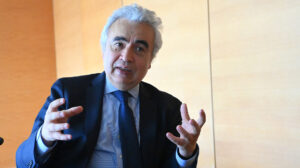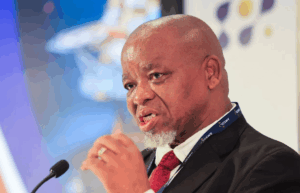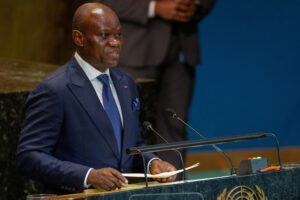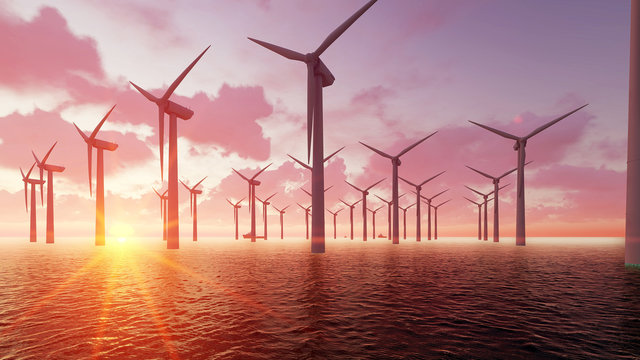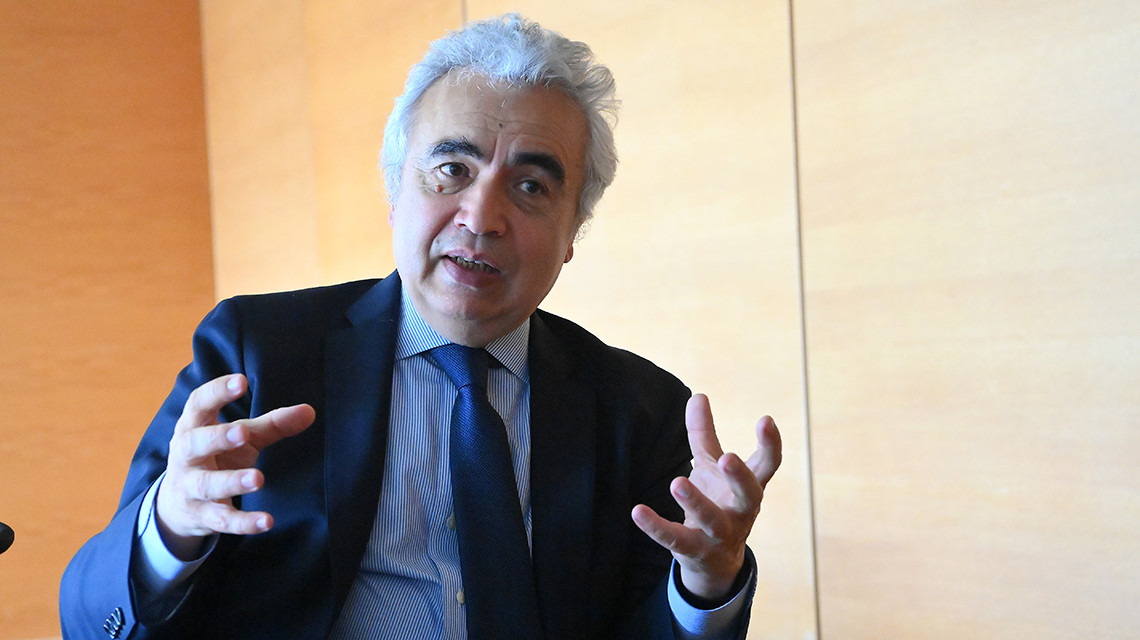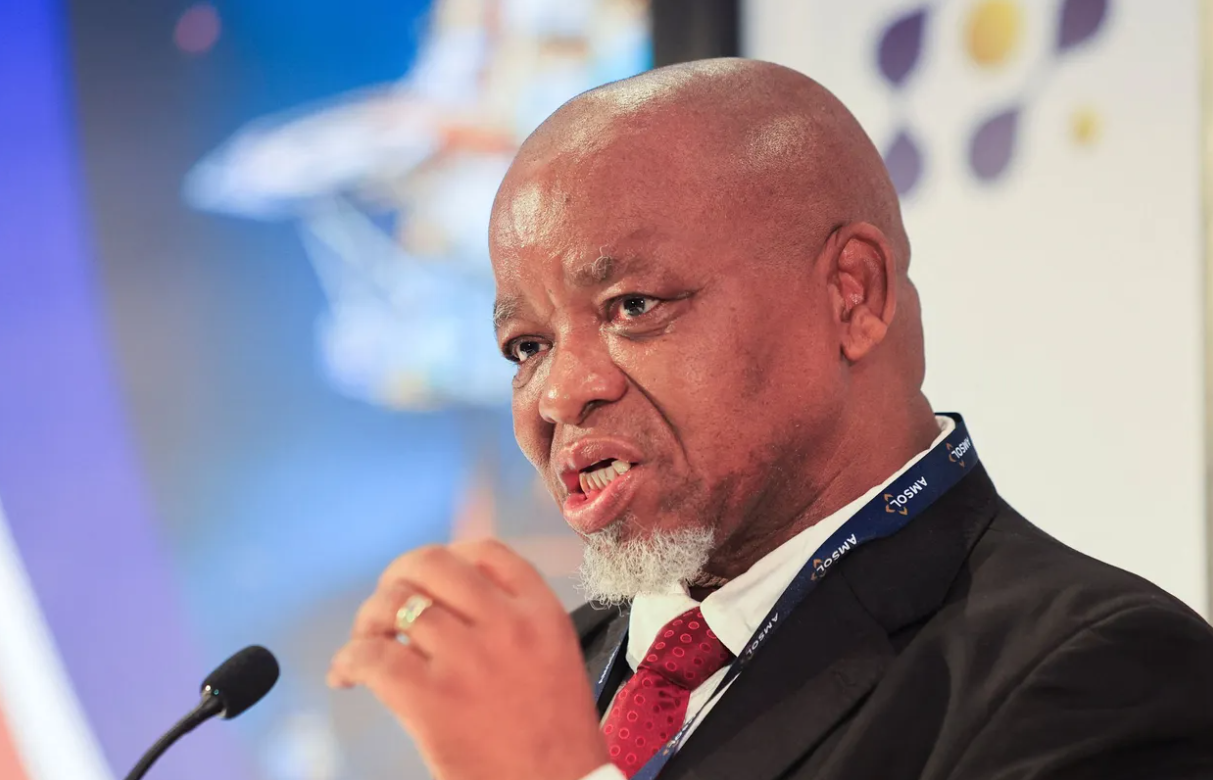A global coalition of 108 leading wind energy companies and associations, representing 81 percent of installed wind energy worldwide, has challenged governments to take dramatic action to scale up wind and renewable energy in this decade.
In a 16-page statement issued world-wide titled Global Energy Manifesto for COP27, the Coalition called for annual global wind energy installations to quadruple by 2030 to around 390 GW per year to achieve the 1.5°C-compliant pathway to net zero. According to the International Energy Agency, by 2050, wind energy must generate more than one-third of global electricity, up from 6 percent today.
However, urgent action must be taken to realise this goal and unleash the full potential of wind technology to provide secure, affordable and clean energy for communities across the world.
“The current global energy crisis and conflict in Ukraine have exposed the stark reality and costs of prolonged dependency on volatile fossil fuels. Without accelerating action to scale up wind and renewable energy in this decade, we will miss our global target of net zero emissions by 2050 – and risk civilisational threats of social disorder, irreversible environmental damage and economic hardship”, the report stated.
The Global Wind Energy Manifesto for COP27 warns that while wind energy is one of the most competitive, mature and quickly deployable energy technologies the world has, to thrive it needs large, steady and visible volumes for deployment and a robust global supply chain.
This can only be achieved through clear and practical actions set out in the manifesto, which tabled 8 pillars to achieve the targets:
- Scale up ambition and higher volumes for wind power, and reflect this in updated Nationally Determined Contributions (NDCs) by the end of 2022
- Urgently streamline planning and permitting schemes for grid scale renewables projects;
- Rapidly build out vital grid infrastructure for integration of clean energy and cross-sector decarbonisation;
- To evolve power markets to both incentivise investment in renewable generation and allow citizens to benefit from the affordable, secure generation provided.
- Avoid long-term lock-in of fossil fuel-based generation in the current energy security crisis.
- Develop cohesive and inclusive policies to enact a just and equitable energy transition.
- Ensure national and regional finance adhere to robust benchmarks and guardrails for a net zero, 1.5°C-compliant pathway.
- Progress the implementation of the global rulebook on carbon pricing, particularly Articles 6.2 and 6.4 of the Paris Agreement.
Ben Backwell, GWEC CEO added that “COP27 presents an opportunity for policymakers to come together to deal with these twin crises. The opportunity to draw a line under the unstable and unsecure fossil fuel era is there waiting to be seized by leaders around the world. It is time the world welcomed in the renewables era bringing clean energy and clean jobs with it.”
Signatories to the manifesto include the largest companies in the sector, such as Iberdrola, Ørsted, EDP Renewables, Vestas, Siemens Gamesa Renewable Energy, Copenhagen Infrastructure Partners, as well as wind industry associations in China, Brazil, South Africa, Europe, the UK, Australia, and others, indicating that the wind industry is ready to collaborate to achieve the required rapid scale-up of wind installations this decade. The companies and organisations represent more than 80% of wind installations and supply chains worldwide,
The wind industry is already delivering significant growth and benefits to the global energy system in terms of security, cost, and climate. In 2021, 94 GW of wind energy capacity was added globally, producing around 275 TWh of electricity per year – more than Australia’s current annual electricity demand and enough to displace more than one-third of the EU’s Russian gas imports prior to the invasion.
However, decisions made at COP27 and in the coming years will determine whether the world can leverage wind and renewable energy to get to net zero and secure a livable, just, and equitable energy transition.



